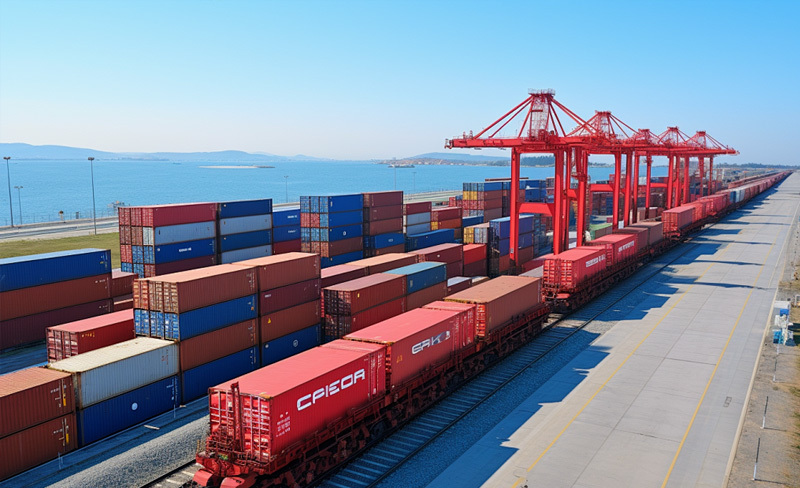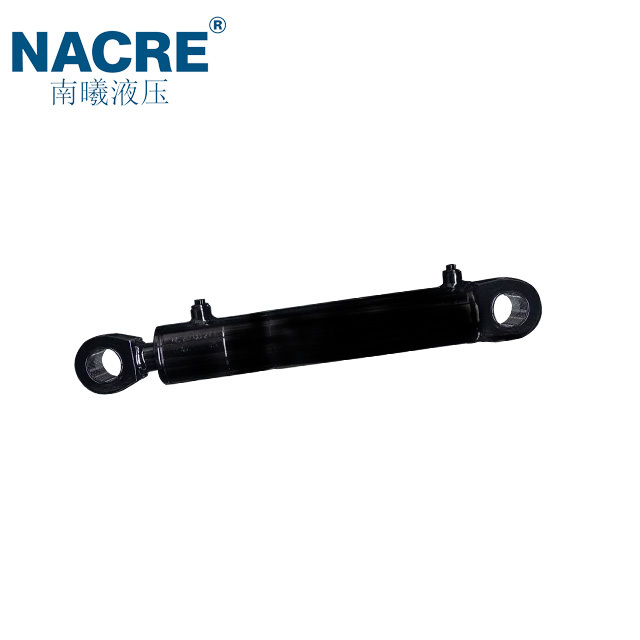The Essential Guide to Tractor Hydraulic Cylinders: Functions, Types, and Maintenance
2025-05-04
Tractor hydraulic cylinders are pivotal components in the realm of industrial machinery, particularly in the agricultural sector and construction sites. These hydraulic cylinders convert hydraulic energy into mechanical force, allowing for the lifting, moving, and positioning of heavy loads. Understanding their functions, types, and maintenance is crucial for professionals in the field.
At the core of a hydraulic system is the principle of fluid mechanics. When hydraulic fluid is forced into the cylinder, it creates pressure that moves the piston within. This movement can be harnessed to perform various tasks, such as lifting attachments, plowing fields, or even operating loader arms. The efficiency and effectiveness of the tractor largely depend on the performance of these hydraulic cylinders.
There are several types of tractor hydraulic cylinders, tailored for specific applications. The most common types include single-acting and double-acting cylinders. Single-acting cylinders exert force in one direction and rely on gravity or external force for retraction, making them simpler and cost-effective for tasks like dumping loads. On the other hand, double-acting cylinders can exert force in both directions, providing greater control and flexibility, which is essential for more complex operations such as steering and tilting.
Another critical aspect of hydraulic cylinders is their construction and materials. Most cylinders are made of robust materials like steel or aluminum to withstand high pressures and harsh conditions. The seals and piston designs are also crucial; they need to be durable and resistant to wear to prevent leaks, which can significantly reduce the system's efficiency.
Maintenance of tractor hydraulic cylinders is vital to ensure their longevity and optimal performance. Regular inspections should be conducted to check for leaks, cracks, or any signs of wear. Keeping hydraulic fluid at the proper level and ensuring it is clean and free from contaminants is essential for the smooth operation of the hydraulic system. Additionally, replacing seals and components that show signs of deterioration can prevent major failures and costly repairs.
In conclusion, tractor hydraulic cylinders are integral to the functionality of various industrial machines. A thorough understanding of their types and maintenance practices can greatly enhance operational efficiency and prolong the life of the equipment. By focusing on these aspects, professionals can ensure that their hydraulic systems are always running at peak performance, ultimately leading to increased productivity and reduced downtime.
At the core of a hydraulic system is the principle of fluid mechanics. When hydraulic fluid is forced into the cylinder, it creates pressure that moves the piston within. This movement can be harnessed to perform various tasks, such as lifting attachments, plowing fields, or even operating loader arms. The efficiency and effectiveness of the tractor largely depend on the performance of these hydraulic cylinders.
There are several types of tractor hydraulic cylinders, tailored for specific applications. The most common types include single-acting and double-acting cylinders. Single-acting cylinders exert force in one direction and rely on gravity or external force for retraction, making them simpler and cost-effective for tasks like dumping loads. On the other hand, double-acting cylinders can exert force in both directions, providing greater control and flexibility, which is essential for more complex operations such as steering and tilting.
Another critical aspect of hydraulic cylinders is their construction and materials. Most cylinders are made of robust materials like steel or aluminum to withstand high pressures and harsh conditions. The seals and piston designs are also crucial; they need to be durable and resistant to wear to prevent leaks, which can significantly reduce the system's efficiency.
Maintenance of tractor hydraulic cylinders is vital to ensure their longevity and optimal performance. Regular inspections should be conducted to check for leaks, cracks, or any signs of wear. Keeping hydraulic fluid at the proper level and ensuring it is clean and free from contaminants is essential for the smooth operation of the hydraulic system. Additionally, replacing seals and components that show signs of deterioration can prevent major failures and costly repairs.
In conclusion, tractor hydraulic cylinders are integral to the functionality of various industrial machines. A thorough understanding of their types and maintenance practices can greatly enhance operational efficiency and prolong the life of the equipment. By focusing on these aspects, professionals can ensure that their hydraulic systems are always running at peak performance, ultimately leading to increased productivity and reduced downtime.
Previous Page
Questions?
We are here to help.






